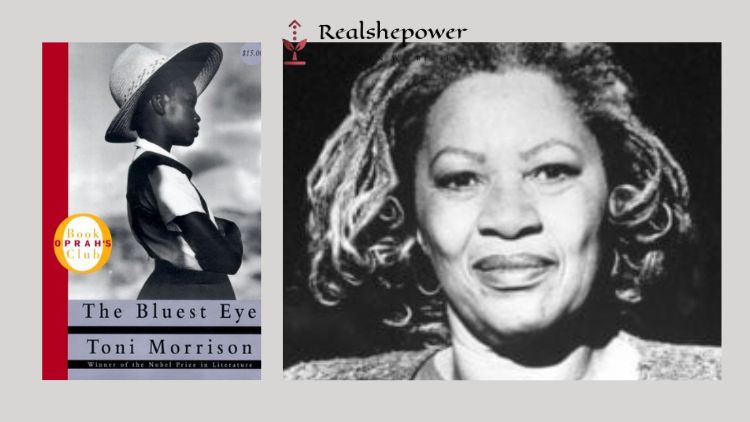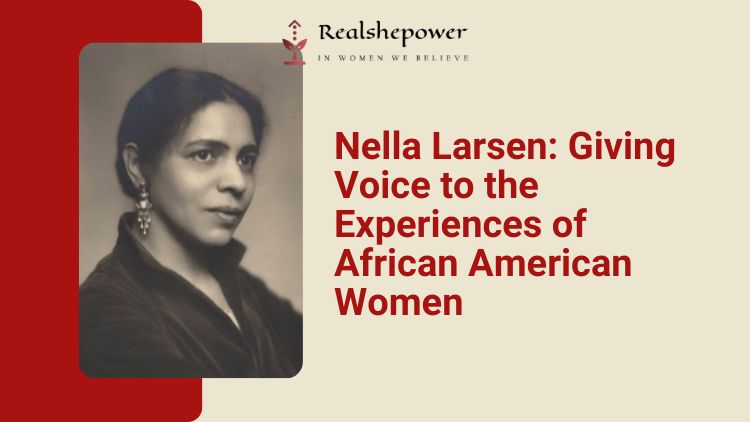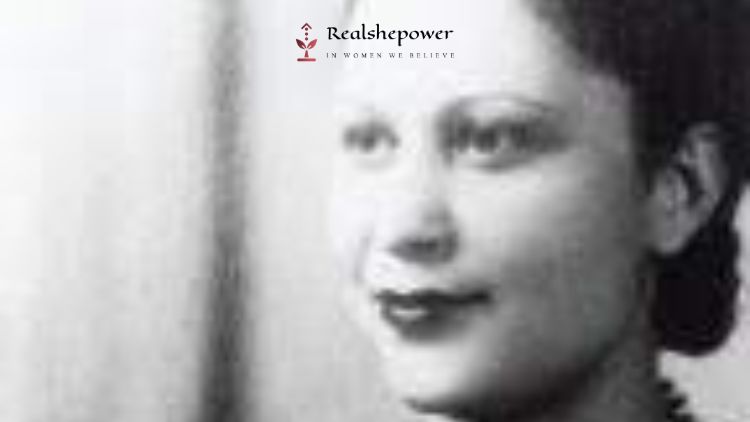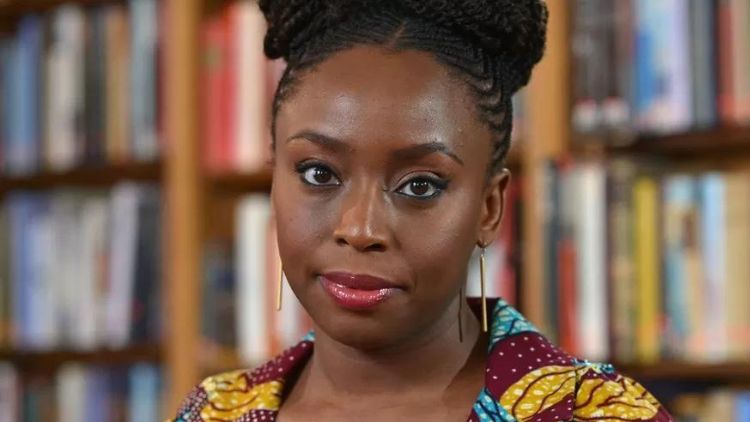The Bluest Eye by Toni Morrison: A Powerful Exploration of the Devastating Effects of Racism and Self-Hatred on a Young Black Girl


“The Bluest Eye” by Toni Morrison is a powerful and moving novel that explores the devastating effects of racism and internalized self-hatred on a young black girl named Pecola Breedlove. Published in 1970, this book remains a masterpiece of American literature and a must-read for anyone interested in issues of race, gender, and identity.
Set in the 1940s in the author’s hometown of Lorain, Ohio, the novel tells the story of Pecola, a young black girl who yearns for blue eyes, which she believes will make her beautiful and valuable in the eyes of others. Pecola’s parents are abusive and neglectful, and she is bullied by her classmates for her dark skin and unkempt appearance. As the novel unfolds, we see how Pecola’s desire for blue eyes becomes an obsession that leads her to self-destructive behavior, and we witness the tragic consequences that result from her longing for acceptance and validation.
One of the major themes of the book is the damaging effects of internalized racism and self-hatred. Through the character of Pecola, Morrison shows how the standards of beauty imposed by white society have a devastating impact on the self-esteem and mental health of black individuals. Pecola’s belief that she is unworthy and unlovable because of her blackness is a direct result of the racist messages she receives from the world around her, and her desire for blue eyes represents a desperate attempt to conform to these standards.
Another important theme of the book is the role of family and community in shaping identity. Pecola’s family is dysfunctional and abusive, and she finds solace in the friendship of a kind-hearted girl named Claudia and her sister Frieda. Through the lens of Claudia’s perspective, we see the damaging effects of poverty, abuse, and neglect on Pecola’s mental health and wellbeing, and we witness the impact of racism and discrimination on the black community as a whole.
Morrison’s writing style is rich, poetic, and evocative, with vivid descriptions of the landscape, people, and emotions of the characters. Her use of stream-of-consciousness narration and shifting perspectives creates a layered and complex narrative that allows us to see the world from multiple viewpoints and understand the motivations and experiences of the characters in depth.
Overall, “The Bluest Eye” is a powerful and thought-provoking novel that tackles difficult and complex issues with sensitivity, depth, and nuance. Morrison’s exploration of the impact of racism and self-hatred on the individual and the community is timeless and relevant, and her portrayal of the human experience is both heartbreaking and hopeful. I would highly recommend this book to anyone who is interested in exploring issues of race, identity, and the human condition.
Also Read:



